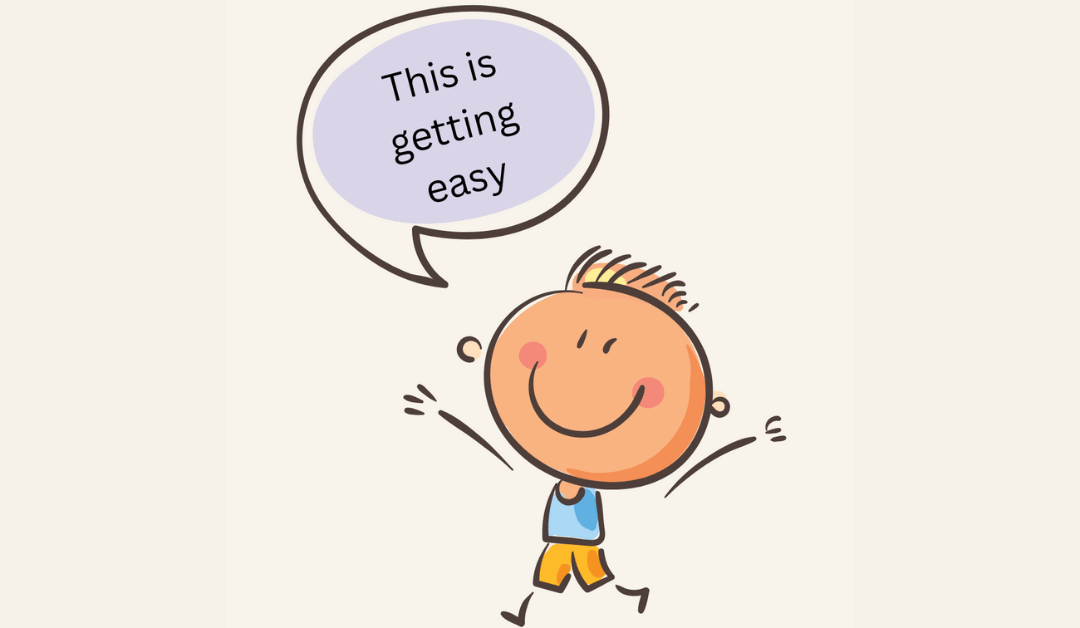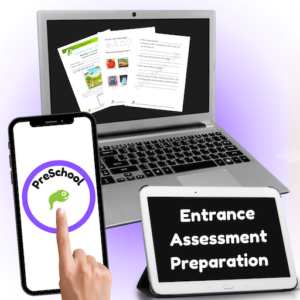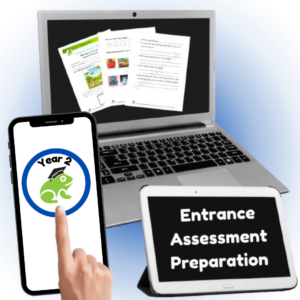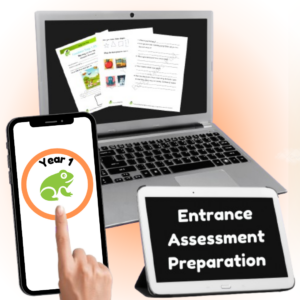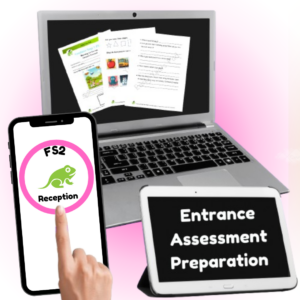How to Build Vocabulary in Children in the Early Years (FS1/Nursery and FS2/Reception)
Building vocabulary in young children is one of the most important steps in supporting their early Literacy skills. A strong vocabulary helps children express themselves, understand the world, and build confidence as they prepare for reading and writing. Here are some easy ways to help grow vocabulary – whether you are a native English speaker or still learning the language yourself.
Read as Many Exciting Books and Stories as You Can
Storytime is one of the most powerful tools for learning new words. Choose a wide variety of books with interesting pictures and characters. Read with your child and to them. Ask questions as you go. What do they think might happen next? What do they see in the pictures? Are the characters happy or sad – and why?
Point out the tiny details in the pictures: the colour of the house, the shape of the trees, the pattern on a jumper. Talk about them. Every little detail is a chance to explore new words and ideas.
Make the Most of Everyday Moments
Vocabulary building does not only happen during storytime. Talk about what you see on your way to the shops, school, or a friend’s house. Look at the world around you and describe it together. Is that a bridge? What is it for? Who uses it and why?
When you talk about your surroundings – roads, traffic lights, buildings, buses – you help children understand how things work in real life. You are also adding to the ideas they already have and helping them make stronger connections which builds on neurological pathways.
Be Curious – Together
If you speak English as an additional language, do not worry. Keep a dictionary or translation app nearby so you can learn together. If you do not know the word for something, look it up and say it aloud. You might say, “This is a crane. It lifts heavy things when people are building.” Next time your child sees one, they will remember. Use actions to help too. Getting your body parts involved in the remembering process helps imbed the information.
The more times children hear a word, the more it sticks. At first, they may say, “Look, a flying animal!” but after time, they will learn the word “bird” – and eventually will be able to identify different types of birds: “pigeon,” “parrot,” “seagull,” “robin.” The world becomes richer and more detailed through words.
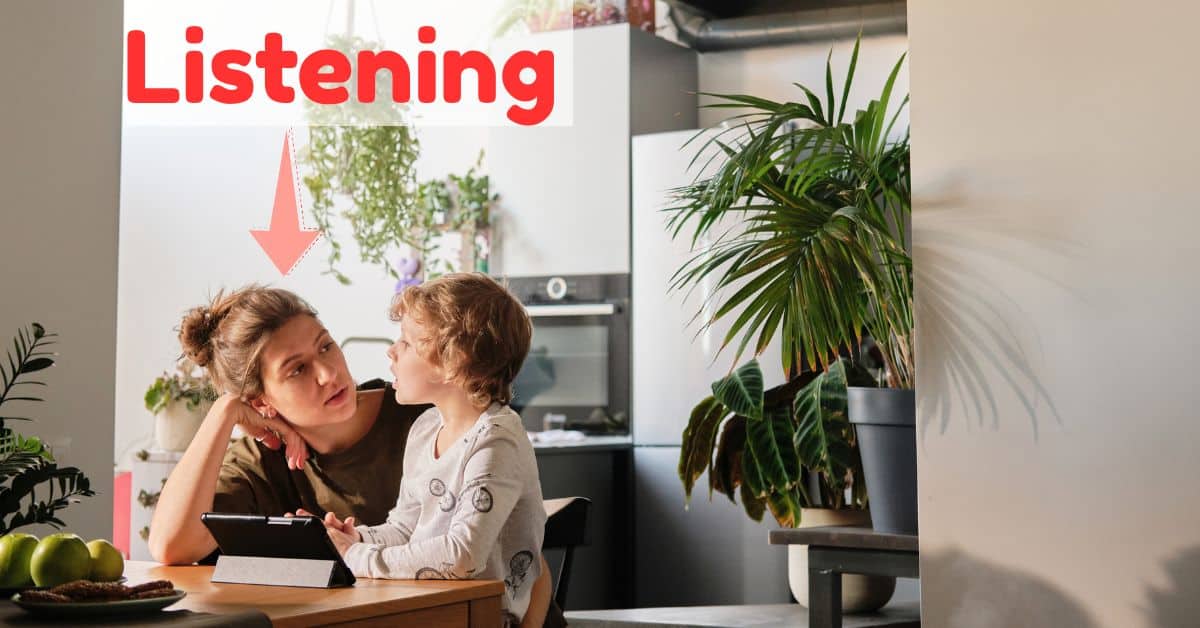
Talk, Talk, Talk
The more you talk with your child, the more chances they have to learn. Describe what you are doing as you cook, clean, or garden. Use new words and repeat them in different contexts. Keep it fun and relaxed. If your child uses the wrong word, gently offer the right one by repeating their sentence correctly.
If you are still learning English yourself, try to listen to audiobooks or watch children’s TV programmes with subtitles. Socialise with English speakers when you can. Children benefit from hearing a variety of voices and words.
Never be afraid to correct
We, as parents, can sometimes feel that we are being harsh on our children by correcting them when the setting is a simple conversation. You might think, ‘we are communicating well – I’ll let it slide’. But everything is a learning opportunity. It’s better for them to make the mistake with you than in the wider world when they are older.
Do it gently and with love and care. This will grow trust and, years later, gratitude.
In Summary
Vocabulary does not grow overnight, but little by little, with stories, conversation, and curiosity, children build a rich language bank that will serve them for life. Be patient, have fun, and keep exploring the world together – one word at a time.
Further Reading

Farm Animals and their Sounds

Preschool Preparation | Tips to get it right – from the start

Learn how to correctly write lowercase letters
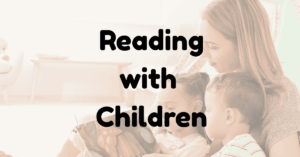
Reading with Children: Why It Matters

